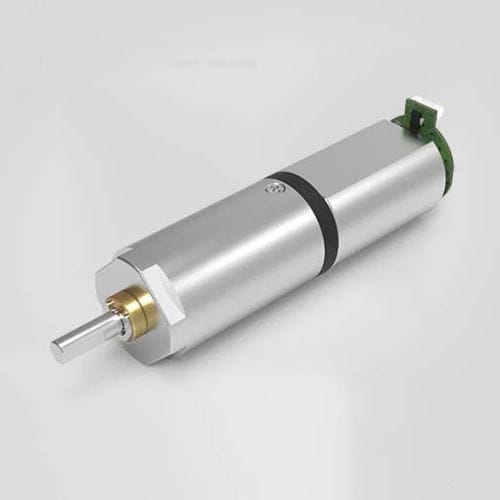
#Product Trends
Drive System for VR Headsets
DC Motor Drive Systems Modified & Custom Solutions, Manufacturers & Suppliers
VR technology is increasingly growing as a crucial role in various fields, including game, healthcare, construction, business, etc. Have you wondered about the working principle of a VR headset? How can it display a vivid image in front of the human eyes? This article will show the basic working principle of VR headsets.
Imagine that you are able to travel to your favorite place in the world or fight with zombies as a movie star. These are things that we can do with virtual reality technology. VR is a completely computer-generated simulation, where your entire view is virtual. This means that people can immerse themselves in a virtual environment and manipulate this virtual world to whatever it would like to be.
But what the emerging technology can do is much more than your imagination. Duke University conducted a study that combined VR and brain-computer interfaces to treat paraplegic patients. A 12-month study of 8 patients with chronic spinal cord injuries revealed that VR could aid in the restoration of ability. Architects can use VR headsets to design buildings instead of using hand-drawn diagrams or computer-generated images. Companies are using VR to hold meetings, display products, and host customers. The Commonwealth Bank of Australia uses VR to assess candidate decision-making skills. (quote from DukeHealth: https://corporate.dukehealth.org/news/paraplegics-regain-some-feeling-movement-after-using-brain-machine-interfaces)
As such fields can VR technology be applied to, it has already had a profound impact on many industries. So how does VR technology work? In most cases, VR technology realizes 3D viewing through a VR headset, which allows you to look around in 360 degrees and have the image/video respond to the way you move your head. In order to generate a lifelike virtual environment in 3D that tricks our brains into blurring the lines between digital and reality, a number of components are embedded in the small box, such as head tracking module, motion tracking module, eye tracking module, and the most important optical imaging module.
A crucial element of the VR headset working process is that each eye receives different images. Each eye sees a slightly different of the same 3D picture, which causes the brain to think that the image is coming from somewhat different directions. The video or image placed on the VR screens is split in two, with an individual view for each eye to create a 3D perspective.
Therefore, it is necessary to utilize lenses between the screen and your eyes. For better image shaping, geared motor drive module is the core component. The precise gearbox can accurately adjust the distance and focus between the left eye and the right eye to achieve clear imaging. The drive system for VR headset lenses adjustment by ZHAOWEI is quiet, light, and high torque, which can be used in a wide temperature range. The planetary gearbox inside the drive module can achieve precise controlling of distance change. In short, the correct lenses distance shape can help avoid distorting the screen-presented image and help us to see a more real-life-like world.
Virtual reality is expected to increase and be worth $184.66 million by 2026. (statistic from VIRTUAL REALITY (VR) MARKET - GROWTH, TRENDS, COVID-19 IMPACT, AND FORECASTS 2022 - 2027) It’s a popular technology that many people are excited about. In the future, it will make a profound impact on people’s lifestyles. ZHAOWEI is ready to see this expecting future.





